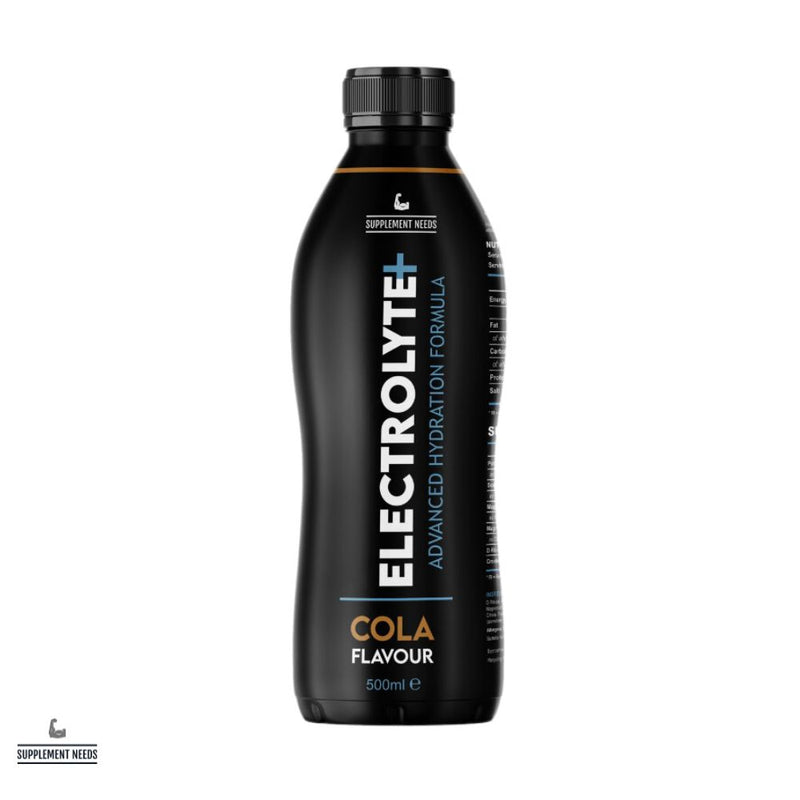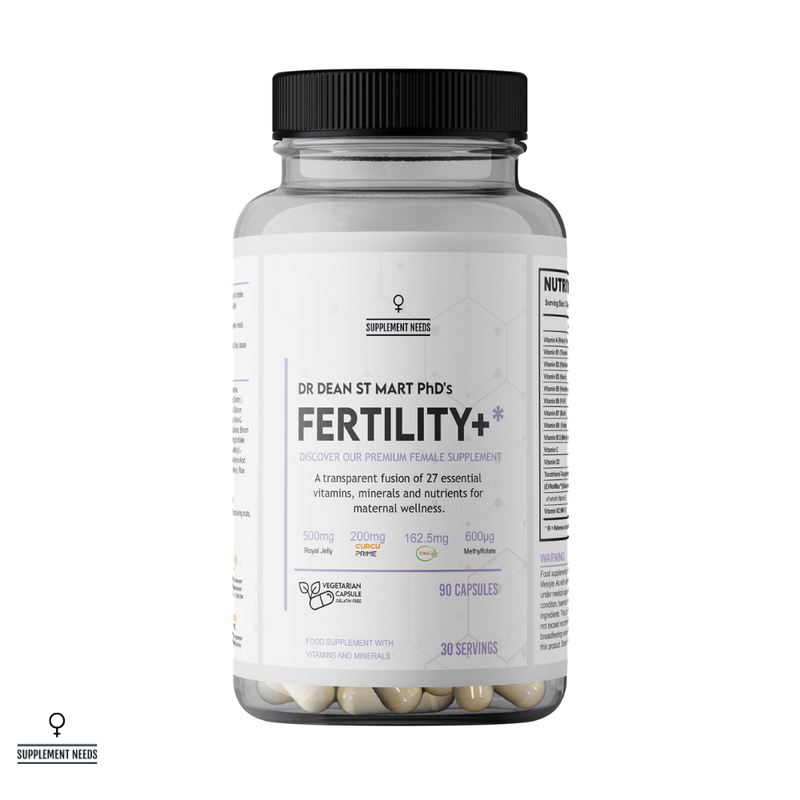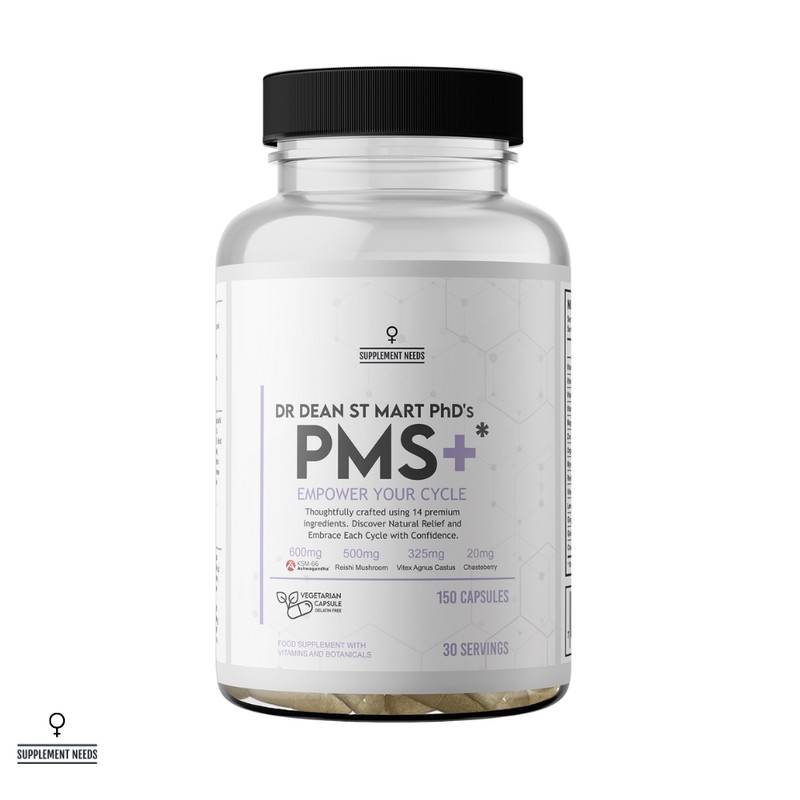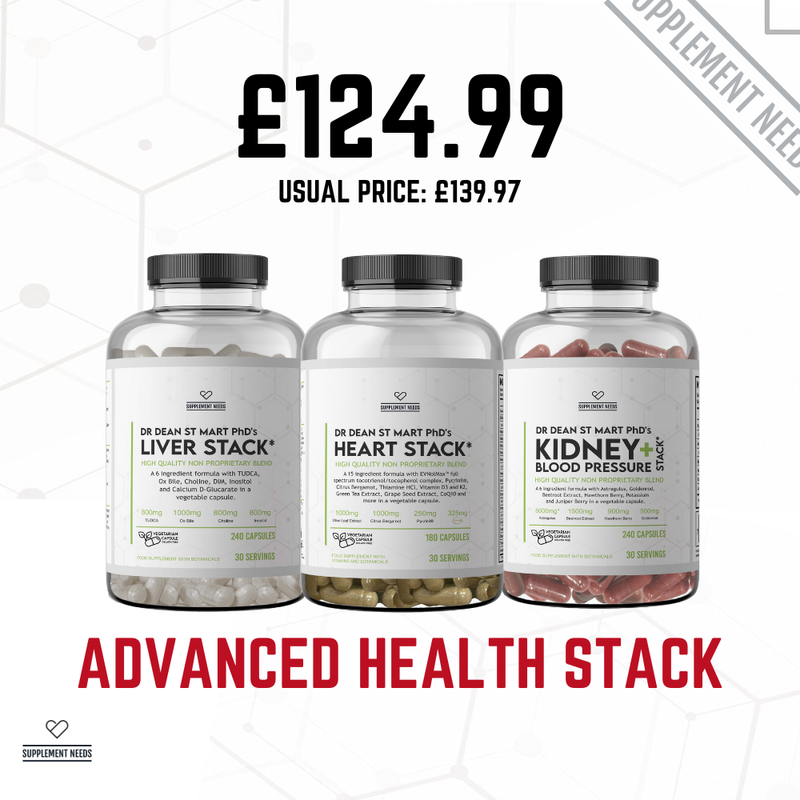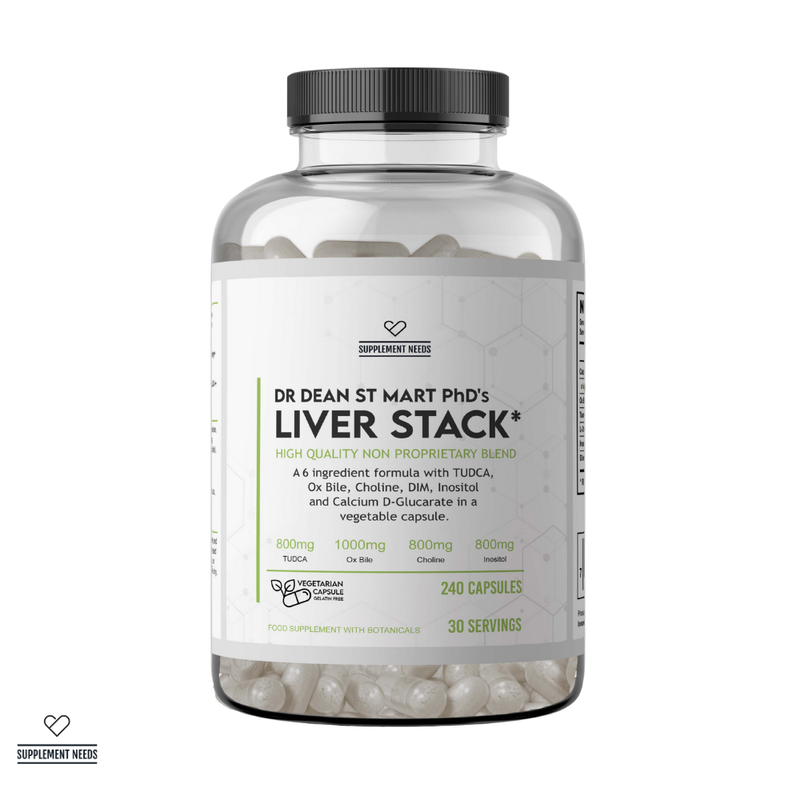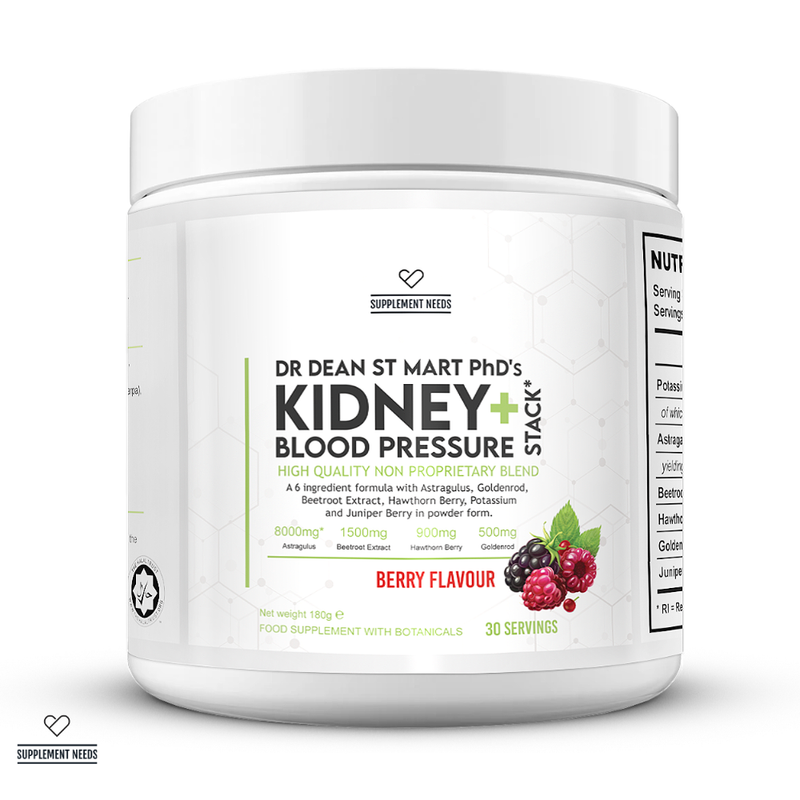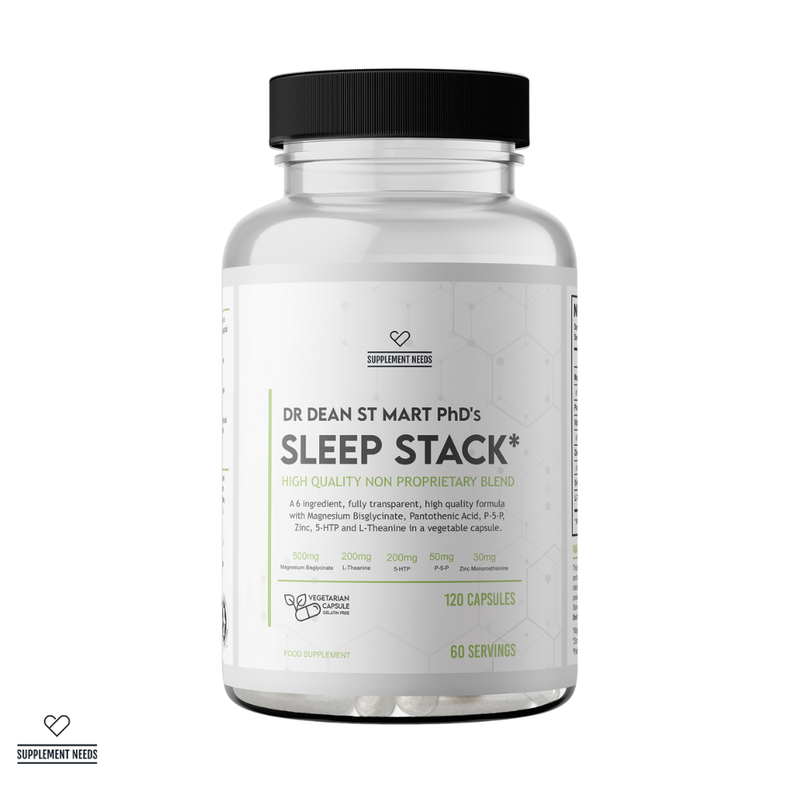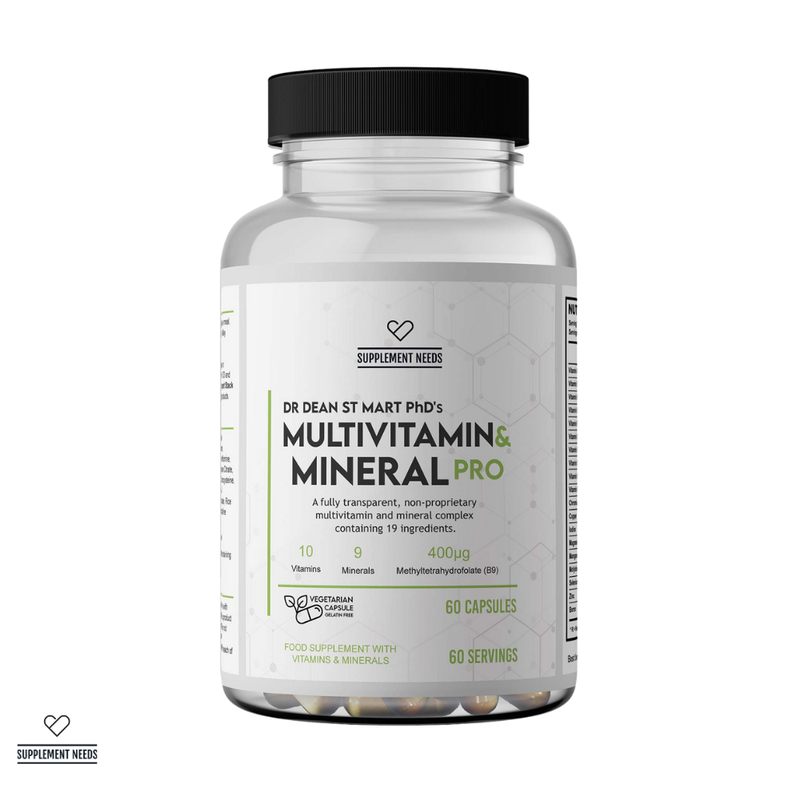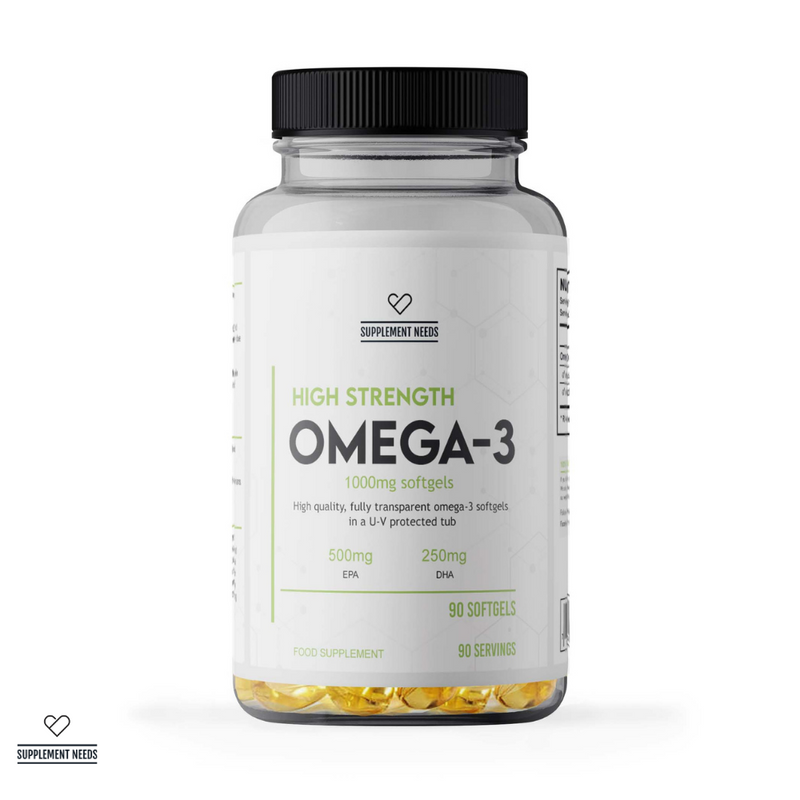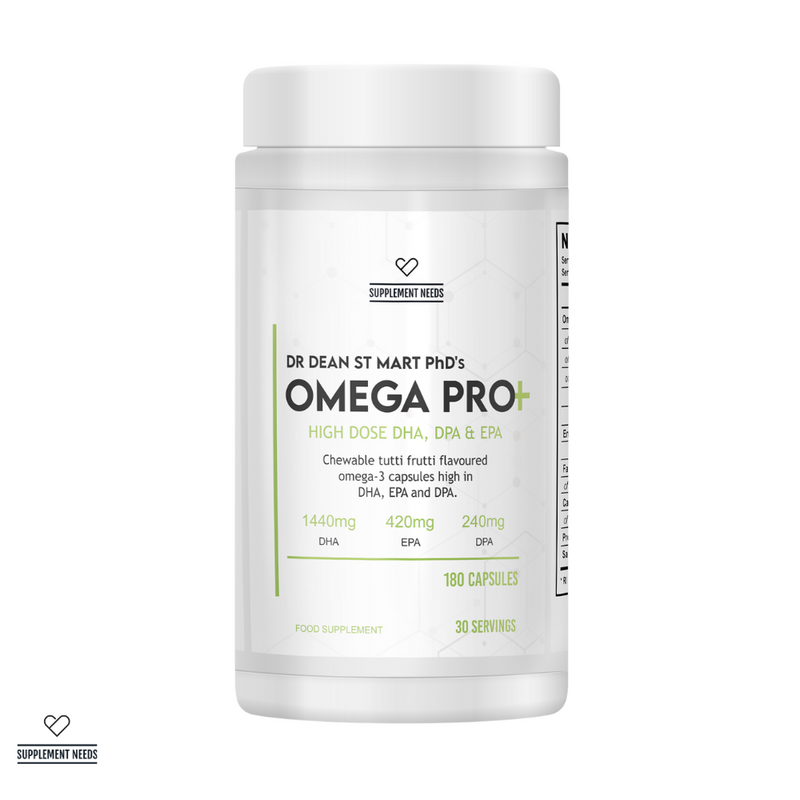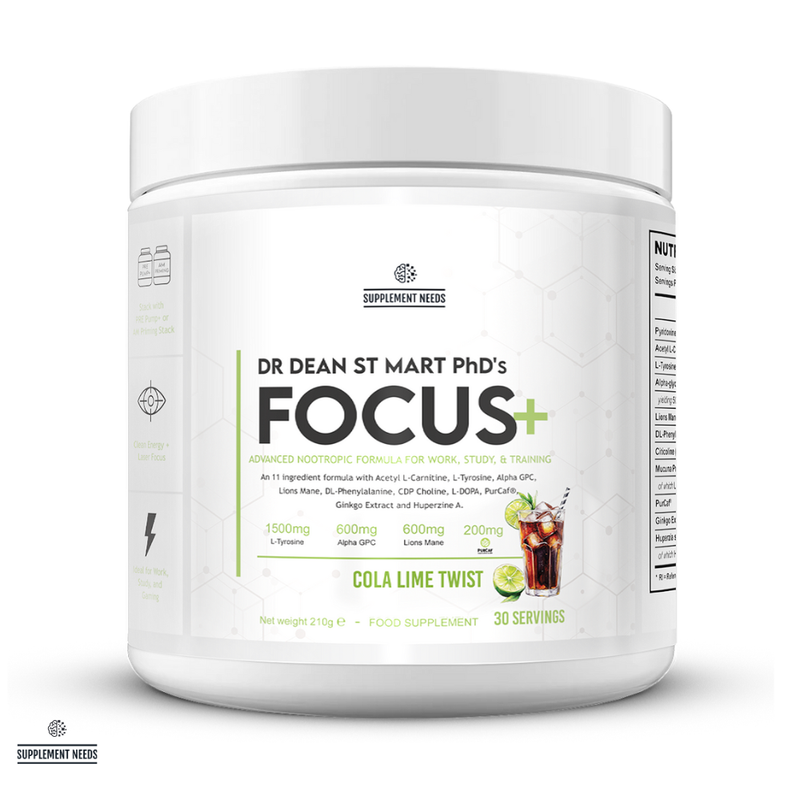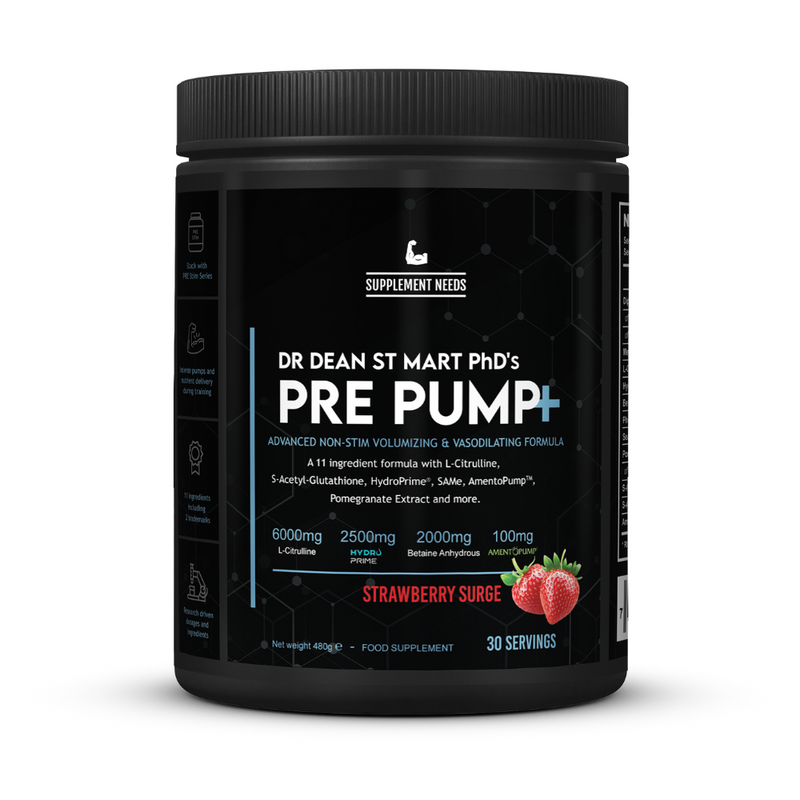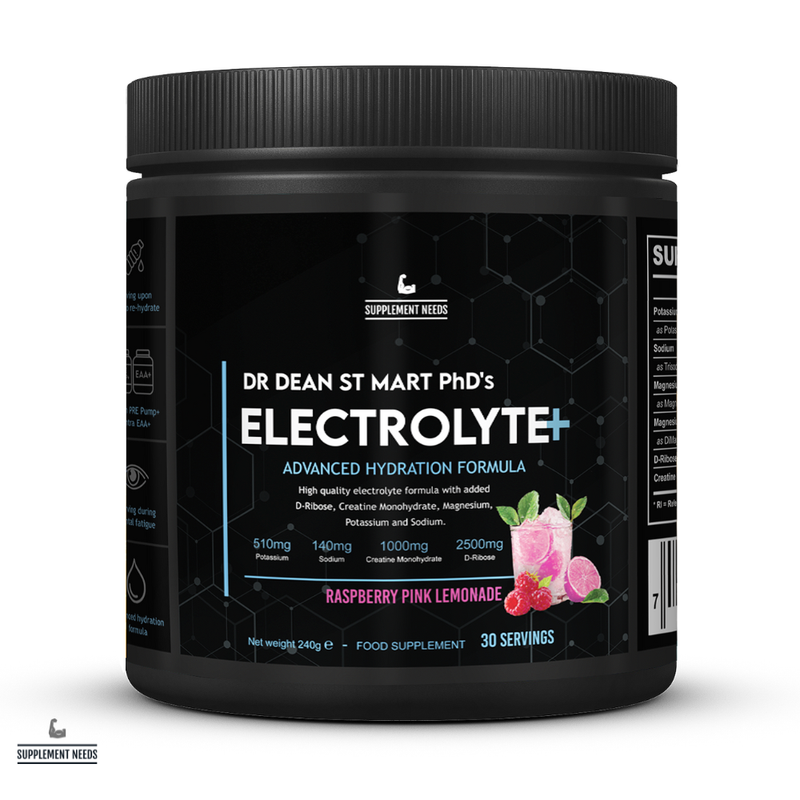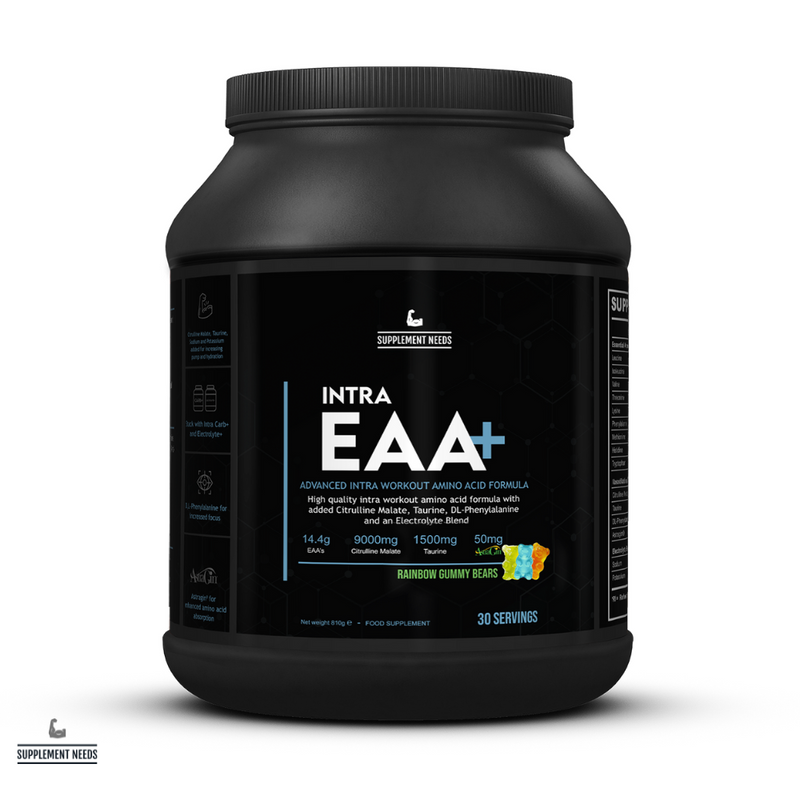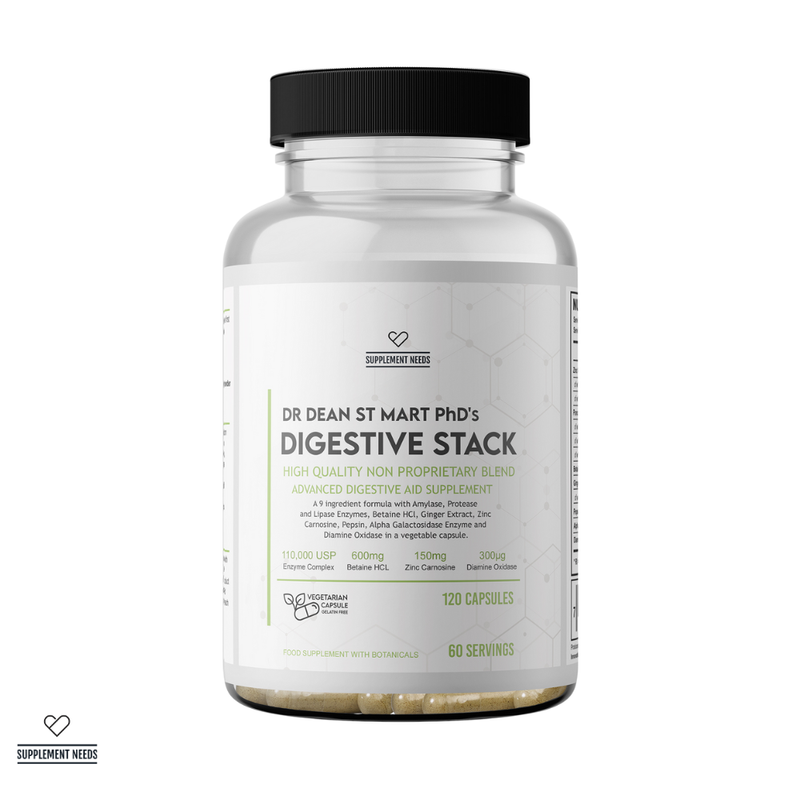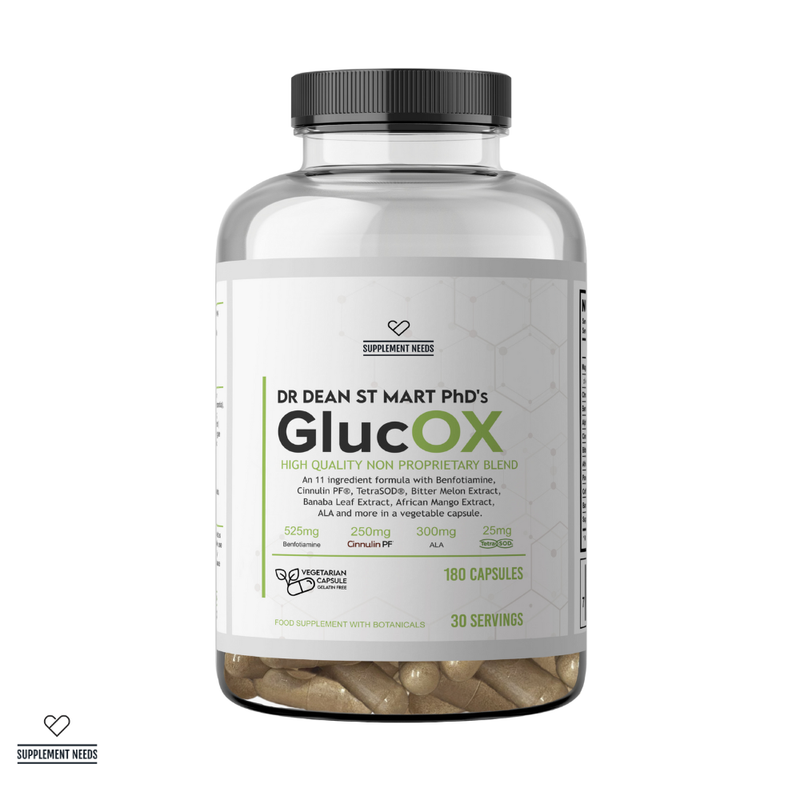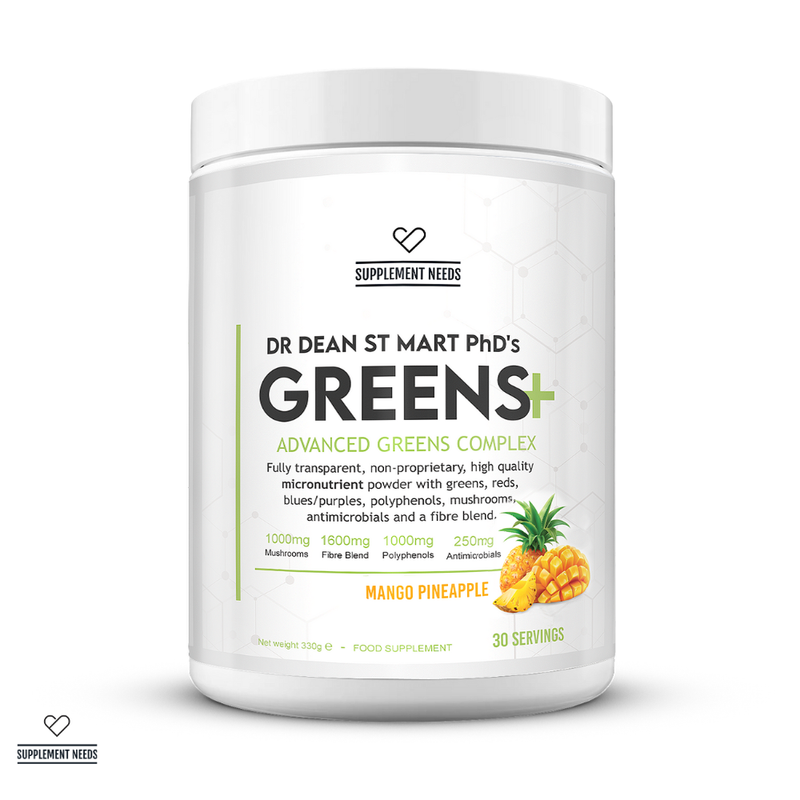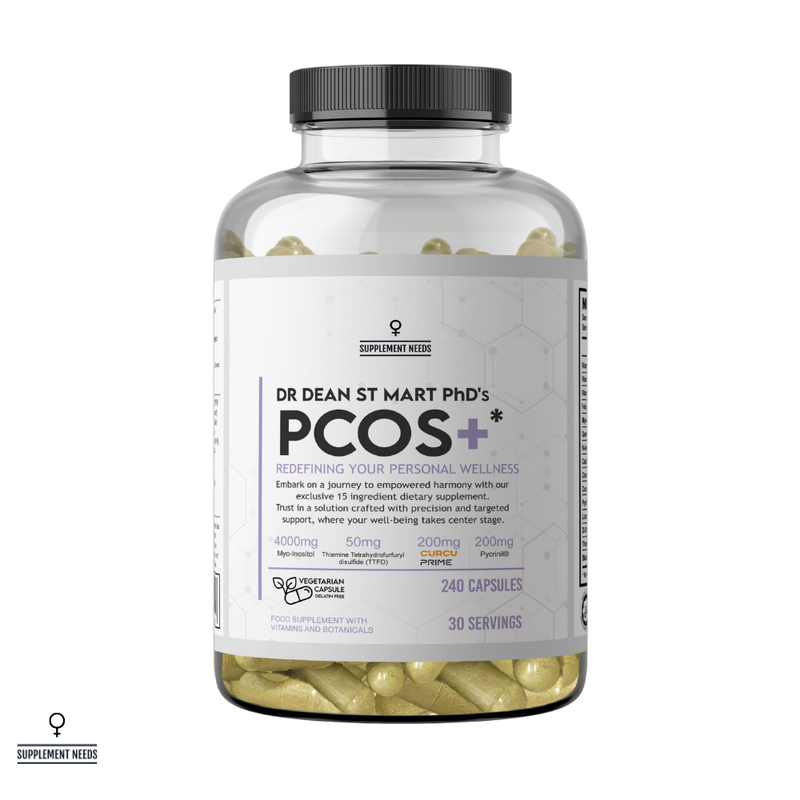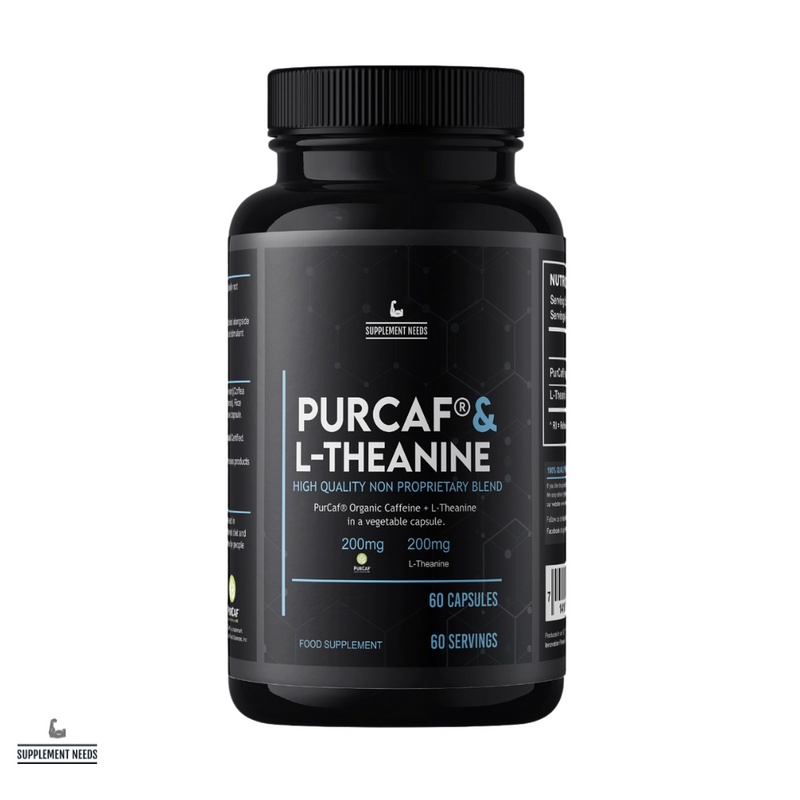Over 10,000 people lose their lives to liver disease each year in the UK. In fact, liver disease is the only major disease where death rates are rising1. So, it’s important to take the health of your liver seriously. Which is why more and more people are choosing to undergo a FibroScan®. Not sure what a FibroScan® is? Not sure if you should undergo one? Then keep reading…
What is a FibroScan®?
So, what exactly is a FibroScan®? As you’ve probably already gathered from the introduction above, it’s a means of measuring the health of your liver.
The NHS defines a FibroScan® as, ‘a medical test that trained professionals use to find out the amount of stiffness in your liver (which may be a sign of liver damage) and fat that you may have in your liver… The scan itself is very similar to an ultrasound scan’2.
Okay, so far so simple. A FibroScan® is effectively a non-invasive way of monitoring the health of your liver.
You’ve probably noticed that we’ve been writing FibroScan® with a registered trademark symbol. That’s because, although FibroScan® is now used in a generic sense, it was actually originally invented and developed in 2001 by Laurent Sandrin - the founder and chief science and technology officer of Echosens - the French biomedical technology company.
It’s this company with which the SN Hub has partnered through The Liver Clinic - offering exclusive FibroScan® consultations in the south-west of England.
But, how exactly does a FibroScan® work? What is it measuring? That’s what we’ll explore in the next section of this article.
How does a FibroScan® work?
FibroScan® works on the basis of ultrasonics (hence the reason FibroScan® is sometimes referred to as ‘liver ultrasonic elastography’).
The underlying operating principle of a FibroScan® is the measurement of shear wave velocity. Here’s how it works:
- The individual being tested lies on their side on an examination table. They must raise their right arm above their head.
- A small ultrasound probe is applied to the skin (in an intercostal space e.g. between the rib bones) near the right lobe of the liver.
- A small transducer on the end of the probe emits a 50-MHz wave. This wave passes through the liver.
- The ultrasound probe also has a transducer which is able to measure the velocity of the shear wave (in metres per second) as it passes through the liver.
At the end of the examination, the FibroScan® should provide the examiner with the ‘shear wave velocity’. This can in turn be converted into liver stiffness, which is measured in kilopascals3.
Remember that a FibroScan® will also measure the amount of fat within your liver. This is encompassed within the ultrasound examination detailed above.
Understanding your liver FibroScan® results
We’ve covered how a FibroScan® works in principle, but what exactly do the results look like? And, how should you interpret them? Let’s have a look.
Liver stiffness and fibrosis score
The primary result from a FibroScan® is your liver stiffness and fibrosis score. Your score is based on the amount of scarring in your liver, as detected by the scan. The stiffness score is expressed in kilopascals (kPa) with a lower kPa number indicating a healthier liver.
The scoring scale ranges from 1.5 to 75 kPa. It’s important to note that there isn’t a definitive ‘healthy’ range, as doctors interpret the scores in different ways - with various other bodily factors influencing overall liver health.
However, according to bodies such as the British Liver Trust, a score of 8 kPa or above may indicate liver damage4. However, it’s important to note that this isn’t a hard diagnosis. Should you receive a score of 8 kPa or more, your doctor is likely to refer you for more tests.
These pascal numbers (kPa) provide physicians with an idea of how stiff (or inelastic) your liver is. Remember, the higher the kPa score, the stiffer and thus less healthy your liver is.
In order to make interpretation of the liver stiffness scores easier, they are typically converted into a fibrosis score (or more correctly, ‘fibrosis stage’). There are five fibrosis stages5:
- F0: no scarring (e.g. no fibrosis present within the liver).
- F1: minimal scarring (e.g. only limited amounts of fibrosis).
- F2: scarring has occurred and extends outside the individual liver area. This is often characterised as ‘significant fibrosis’.
- F3: fibrosis spreading and forming bridges with other fibrotic liver areas (characterised as severe fibrosis).
- F4: cirrhosis (also known as advanced scarring). Cirrhosis typically presents as the final stage before complete liver failure.
Thus, you can be presented with two sets of data for your ‘liver stiffness’. These are the kilopascal number (kPa), and fibrosis stage (F0-F4).
CAP score
The other main metric you’ll receive as a result of a FibroScan® is your CAP score.
Put simply, this is a measure of how ‘fatty’ your liver is.
In more technical terms, think of it like this; just as the liver stiffness score (kPa) is used to assess your fibrosis stage, the CAP score is used to assess your steatosis grade.
Steatosis is a condition where fat builds up in the liver. Whilst a small amount of fat in your liver is okay, if it develops beyond a certain percentage of the liver’s total weight it can result in hepatic steatosis. Beyond that, steatosis can damage the liver, even resulting in cirrhosis.
The CAP (Controlled Attenuation Parameter) score is obtained in the same way as the liver stiffness score, based on the ultrasound probe scanning the liver.
Results of the CAP score are expressed in decibels per metre (dB/m). The dB/m score will range from 100 dB/m to 400 dB/m. Depending on your CAP score, you will then be given a steatosis grade.
The table below shows CAP scores and their equivalent steatosis grades. The table also shows how each steatosis grade equates to the percentage of the liver affected by fatty change:
|
CAP Score |
Steatosis Grade |
Portion of Liver Affected by Fatty Change |
|
238 to 260 dB/m |
S1 |
Less than ⅓ (11% to 33%) |
|
260 to 290 dB/m |
S2 |
Between ⅓ and ⅔ (34% to 66%) |
|
290 to 400 dB/m |
S3 |
More than ⅔ (67%+) |
To put this into context, a healthy liver will have up to 5% of fatty change. Beyond this 5% level and you begin to enter ‘unhealthy’ territory.
Note - the way in which your fibrosis score should be interpreted depends on the type of suspected liver damage you may be experiencing.
As the Memorial Sloan Kettering Cancer Centre in the U.S. highlights6, the way in which you interpret your FibroScan® results initially depends on the initial disease diagnosis.
The table below thus sets out results interpretations based on potential disease diagnosis:
|
Disease Diagnosis |
Liver Stiffness Result |
Fibrosis Score |
Liver Health |
|
Alcohol-Related Liver Disease |
2-7 kPa |
F0-F1 |
Normal liver function |
|
7-11 kPa |
F2 |
Moderate scarring/fibrosis |
|
|
11-19 kPa |
F3 |
Severe fibrosis/scarring |
|
|
19 kPa |
F4 |
Cirrhosis |
|
|
Cholestatic Disease |
2-7 kPa |
F0-F1 |
Normal liver function |
|
7-9 kPa |
F2 |
Moderate scarring/fibrosis |
|
|
9-17 kPa |
F3 |
Severe fibrosis/scarring |
|
|
17 kPa or higher |
F4 |
Cirrhosis |
|
|
Hepatitis B |
2-7 kPa |
F0-F1 |
Normal liver function |
|
8-9 kPa |
F2 |
Moderate scarring/fibrosis |
|
|
8-11 kPa |
F3 |
Severe scarring/fibrosis |
|
|
12 kPa or higher |
F4 |
Cirrhosis |
|
|
Hepatitis C |
2-7 kPa |
F0-F1 |
Normal liver function |
|
8-9 kPa |
F2 |
Moderate scarring/fibrosis |
|
|
9-14 kPa |
F3 |
Severe scarring/fibrosis |
|
|
14 kPa or higher |
F4 |
Cirrhosis |
|
|
Non-Alcoholic Fatty Liver Disease (NAFLD) |
2-7 kPa |
F0-F1 |
Normal liver function |
|
7.5-10 kPa |
F2 |
Moderate scarring/fibrosis |
|
|
10-14 kPa |
F3 |
Severe scarring/fibrosis |
|
|
14 kPa or higher |
F4 |
Cirrhosis |
Note - the numbers in the table above are estimates. The purpose of this table is to show that the way in which FibroScan® results should be interpreted depends on the underlying diagnosis that is being tested for.
What issues can a FibroScan® detect?
As the table above illustrates, a FibroScan® can be undertaken for a number of specific reasons (beyond assessing general hepatic function and health). The types of conditions that can be diagnosed and tracked via a FibroScan® include:
- Alcohol-induced liver disease.
- Non-alcoholic fatty liver disease.
- Choleastatic disease.
- Hepatitis B.
- Hepatitis C.
- Haemochromatosis.
Each of these conditions can have serious implications for your overall health - and, in many cases, are almost symptomless until they reach a particularly advanced stage. Which is why, if you’re serious about your future health, you should consider making a FibroScan® a periodic part of your health regimen.
Who should have a FibroScan®?
The simple answer is - anyone who is serious about their future health!
Given that the liver and broader hepatic system can be impacted by a variety of innate and environmental factors - and the fact that much fibrosis can be effectively symptomless - people of all backgrounds could potentially benefit from a FibroScan®.
Below, you’ll find some specific examples of when a FibroScan® could be beneficial.
Enhanced athletes
Enhanced athletes and bodybuilders may particularly benefit from undertaking a periodic FibroScan.
Why? Because, anabolic steroid use has been linked in several studies to liver damage.
For example, a recent study7 from 2022 concluded that; ‘AAS (Anabolic Androgenic Steroids) use is closely linked to hepatotoxicity and serious hepatic conditions such as cholestasis, peliosis hepatitis, and benign and malignant hepatic tumours, as well as steatohepatitis and dyslipidemia with multiple studies supporting a causal association’.
As another study highlights, cessation of steroid use can reverse hepatic damage, but some damage can be irreversible. Here’s how the author of the study summarises the association with anabolic steroid use and hepatic health:
‘Anabolic steroid users tend to take supraphysiologic doses or multiple steroids and other drugs simultaneously which increases risk of adverse effects. Hepatotoxicity can be seen as elevated liver transaminases, acute cholestatic syndrome, chronic vascular injury, hepatic tumours, and toxicant-associated fatty liver disease, as well as significant changes in lipoproteins. Many of these changes will stabilise or reverse with cessation of steroid use, but some can be life-threatening’8.
As Supplement Needs’ Dr Dean St Mart PhD has also pointed out, the intake of supraphysiological levels of androgens stops liver stem cells from entering the liver. As a result, if your body is continually experiencing levels of testosterone about its natural level, the liver will never repair itself9.
In short, if you’re enhanced then you should certainly consider undertaking a FibroScan® on a periodic basis, in addition to ensuring your body has the micronutrients it needs to maintain optimum hepatic health.
Book now! If you want to schedule a FibroScan, book an appointment at the SN Clinic at the SN Hub.
Overweight/obese
If you’re overweight or obese and are at the start of your fitness journey, then you may want to consider undertaking a FibroScan.
Why? Because, being overweight or obese can be a major risk factor for the development of non-alcoholic fatty liver disease (NAFLD).
Take a look at the following bullet points. If you can tick a majority of these, then you could potentially be at risk of developing NAFLD:
- A weight in the overweight or obese range (a BMI of 25 to 29.9 is considered to be overweight. A BMI of over 30 is considered to be obese10).
- A large waist measurement.
- Diabetes mellitus.
- An unhealthy diet high in sugars and fats.
- Low levels of physical activity.
- High blood pressure.
As the population of the UK continues to become increasingly sedentary, it’s perhaps no surprise to learn that as many as one in five people are estimated to have non-alcoholic fatty liver disease.
So, if you’re at the beginning of your fitness and weight-loss journey, consider a FibroScan®.
Hepatitis
As an infection which can infect the liver (both on an acute and chronic basis), hepatitis is a serious condition that can result in the development of cirrhosis or hepatocellular carcinoma (liver cancer) over the long term11.
Although relatively rare here in the UK, hepatitis can be contracted via sexual intercourse, or the use of shared/used needles.
Note - there are five main forms of viral hepatitis. These are hepatitis A, B, C, D, and E. Whilst they vary in important ways, they can all cause liver damage and liver disease12.
History of heavy alcohol use
As we saw earlier, one of the major causes of liver damage and disease in the UK is heavy, sustained alcohol use.
As distinct from NAFLD, alcoholic-liver disease (ALD) is a form of liver damage where ‘inflammatory cell infiltration is more pronounced in ALD than in NAFLD. Furthermore, venous or perivenular fibrosis, phlebosclerosis, and (less commonly) lymphocytic phlebitis are more common in ALD than in NAFLD’13.
Technical language aside, sustained alcoholic abuse over the course of many years can result in a particular type of liver damage and - in the worst cases - complete liver failure and mortality.
We appreciate that the term ‘heavy alcohol use’ is a little vague. So, what do the established guidelines say?
At the time of writing, the UK Chief Medical Officers (CMOs) advise that ‘to keep the risk from alcohol low, adults should not drink regularly more than 14 units of alcohol per week’14. To provide some context, that equates to approximately six pints of 4% beer or seven double measures of 40% spirits15.
If you are concerned about your drinking then you should seek professional medical advice immediately. You may find that the doctor refers you for a blood serum test in the first instance.
Example - a real-world example of someone who undertook a FibroScan® after becoming concerned about their long-term drinking was journalist and TV presenter Adrian Chiles. In 2018, he presented a two-part BBC Two documentary called ‘Drinkers Like Me’. As part of the programme, Chiles had a FibroScan® performed on him, revealing a score of 8.9 - indicating mild fibrosis16.
Limitations of FibroScan® technology
Whilst FibroScan® technology has become incredibly popular - predominantly due to its non-invasive nature - it does have some limitations which must be considered.
In some instances, a FibroScan may deliver less accurate results17. These can include:
- Where the individual is severely obese (in particular if the patient has large amounts of chest wall fat).
- The individual is suffering from ascites (a build-up of fluid in the abdomen).
- The individual is suffering from a biliary obstruction (preventing the proper flow of bile from the liver).
- Scar tissue - if the liver has scar tissue from a previous operation etc.
If a medical professional believes that these issues may be affecting the accuracy of the FibroScan®, they will typically recommend secondary tests such as blood serum tests.
Having said all that though, FibroScan® technology has some significant benefits over the other forms of liver function test.
Consider liver biopsy, for example. This type of liver function test requires the individual to be hospitalised for at least half a day. It is also invasive, requiring surgery and consequent recovery time and pain and discomfort. As one researcher also highlights, liver biopsies can be subject to sampling errors:
‘A liver biopsy samples only a very small piece of the liver, which can lead to incorrect staging if this sample is not representative of the rest of the liver. Thus, liver biopsy can lead to sampling error, which may result in either overstaging or understaging of fibrosis; sampling error may occur in up to 25-30% of liver biopsies’18.
Put into that context, FibroScan® technology arguably represents a significant leap forward in assessing liver function and staging fibrosis.
How long does a FibroScan® take?
A FibroScan® is a quick procedure which usually takes between five and 20 minutes. This is the time it takes to apply gel to your skin and for the practitioner to pass the probe over your liver.
In all - from arrival at the clinic to your departure - you should expect the entire procedure to take less than an hour.
In other words, you can theoretically go for a FibroScan® on your lunch break!
How to prepare for a FibroScan®
If you’ve decided to have a FibroScan® at the SN Hub, then there are a number of things you should do to ensure that the process is as smooth (and the results as accurate) as possible.
Here’s our top tips to prepare for a FibroScan®:
- Do not eat anything three to four hours prior to the scan (if you are thirsty, small sips of fluid are okay - but, don’t drink large amounts of water etc).
- Try to avoid drinking alcohol for two weeks before the scan.
- Wear a loose fitting top. You will need to bare your midriff for the scan to take place.
Follow those steps, and you’ll get the most out of your FibroScan®.
There are also a few things you should not do if you intend to have a FibroScan®:
- Do not book a FibroScan® if you have recently engaged in intense exercise activity (such as running a marathon). You are advised to wait at least eight weeks after the activity before making an appointment.
- Do not book a FibroScan® if you have recently had an illness which required you to take antibiotics. Wait at least four weeks after you have recovered before making an appointment.
- Do not book an appointment if you are pregnant, or think you might be pregnant.
How long does it take to get your FibroScan® results?
The initial indicative results of your FibroScan will be available to you on the day of your appointment. Further, more detailed results, will then be sent to you in the following days post-appointment.
How often should you have a FibroScan®?
This depends on a variety of factors including, your general health and the health of your liver following your first scan.
Any recommendation for a repeat scan will be included in your initial FibroScan® results.
How else can you support your liver health?
If you’re concerned about the health of your liver, then you don’t have to wait for a scan to start making changes.
Some of the immediate things you can do to support your liver include:
-
Avoiding the excessive consumption of alcohol. Remember, you should not be drinking more than 14 units of alcohol per week.
-
Engaging in regular exercise to avoid weight gain. As we saw earlier, being overweight or obese is a strong risk factor for the development of fatty liver disease.
-
Eating a healthy and balanced diet. Avoid excessive amounts of salt, sugar, fat and ultra-high processed foods in general.
-
Not engaging in risky behaviours that can lead to the acquisition of hepatitis (e.g. sharing needles, unprotected sex).
- Avoiding environmental toxins e.g. always wash fruit and vegetables which can be covered in pesticides that can harm the liver.
In addition to the points above, you may also want to consider adding a targeted, liver-specific supplement to your diet. Here at Supplement Needs we have developed the extremely popular Liver Stack, which contains six ingredients that are designed to support normal, healthy liver function.

Supplement Needs has also developed a number of other supplements which may be beneficial to your liver health. These include TUDCA + NAC, which support bile production and have a host of potential hepatic benefits.

Explore Supplement Needs Liver Health department, and you’ll also find other supplements that may be beneficial to your hepatic health, including powerful antioxidants which can combat inflammation and oxidative-stress related damage.
Tip - your liver doesn’t operate in isolation! If you want to support the other organs in your body, then consider exploring Supplement Needs’ broader Organ Supplements department.
Try de-liver-ance®
Supplement Needs has teamed up with de-liver-ance® - a formulation which has been designed to enhance liver function.
It is formulated from natural herbs, roots, and extracts that have been used in traditional medicine for thousands of years. These include; Seanol®, Panax Ginseng, Kudzu, Poria, Turmeric, Choline, Purified Spring Water, Rosemary Essential Oil, White Atractylodes, Red Sage, Star Anise, Organic Raw Honey, Peppermint, Siberian Solomon’s Seal, Rehmannia, Astragalus, and Artemisia.

Best of all? De-liver-ance pairs perfectly with Liver Stack!
If you’d like to try de-liver-ance, click here.
Looking for a FibroScan® near me? Then choose the SN Hub
If you want the assurance that comes with a FibroScan®, then book an appointment at the SN Hub today.
We have entered into an exclusive agreement with The Liver Centre to offer FibroScan® appointments at the SN Hub’s dedicated clinic.
Protect your future health and book a FibroScan® appointment at the SN Hub
Disclaimer
The information on this website should not be used as a substitute for professional medical advice or care. If you have questions about your health, please contact your doctor.
References
1. British Liver Trust. Liver disease in numbers - key facts and statistics [online]. Available at: https://britishlivertrust.org.uk/information-and-support/statistics/ (Accessed on 25th November 2024).
2. Nottingham University Hospitals NHS Trust. FibroScan® [online]. Available at: https://www.nuh.nhs.uk/fibroscan/ (Accessed on 25th November 2024).
3. Afdhal N. FibroScan® (Transient Elastography) for the Measurement of Liver Fibrosis [online]. Available at: https://pmc.ncbi.nlm.nih.gov/articles/PMC3594956/# (Accessed on 25th November 2024).
4. British Liver Trust. Having a free liver scan on our Love Your Liver roadshow [online]. Available at: https://britishlivertrust.org.uk/information-and-support/love-your-liver/free-liver-scan/ (Accessed on 25th November 2024).
5. Cochrane. Transient elastography for measurement of liver fibrosis and cirrhosis in people with alcoholic liver disease [online]. Available at: https://www.cochrane.org/CD010542/LIVER_transient-elastography-for-measurement-of-liver-fibrosis-and-cirrhosis-in-people-with-alcoholic-liver-disease (Accessed on 25th November 2024).
6. Memorial Sloan Kettering Cancer Center. Understanding Your Liver Elastography (FibroScan) Results [online]. Available at: https://www.mskcc.org/cancer-care/patient-education/understanding-your-fibroscan-results (Accessed on 25th November 2024).
7. Petrovic A, Vukadin S, Sikora R, et. al. Anabolic androgenic steroid-induced liver injury: An update [online]. Available at: https://pmc.ncbi.nlm.nih.gov/articles/PMC9331524/ (Accessed on 25th November 2024).
8. Niedfeldt M. Anabolic Steroid Effect on the Liver [online]. Available at: https://journals.lww.com/acsm-csmr/fulltext/2018/03000/anabolic_steroid_effect_on_the_liver.8.aspx (Accessed on 25th November 2024).
9. Huang C, Tsai M, Luo J, et. al. Suppression of Androgen Receptor Enhances the Self-Renewal of Mesenchymal Stem Cells Through Elevated Expression of EGFR [online]. Available at: https://pmc.ncbi.nlm.nih.gov/articles/PMC3673551/ (Accessed on 26th November 2024).
10. NHS. Obesity [online]. Available at: https://www.nhs.uk/conditions/obesity/diagnosis/ (Accessed on 25th November 2024).
11. NHS. Hepatitis B [online]. Available at: https://www.nhs.uk/conditions/hepatitis-b/ (Accessed on 25th November 2024).
12. World Health Organisation. Hepatitis [online]. Available at: https://www.who.int/news-room/questions-and-answers/item/hepatitis (Accessed on 25th November 2024).
13. Toshikuni N, Tsutsumi M, Arisawa T. Clinical differences between alcoholic liver disease and nonalcoholic fatty liver disease [online]. Available at: https://pmc.ncbi.nlm.nih.gov/articles/PMC4093692/# (Accessed on 25th November 2024).
14. NHS. Delivering Better Oral Health [online]. Available at: https://www.gov.uk/government/publications/delivering-better-oral-health-an-evidence-based-toolkit-for-prevention/chapter-12-alcohol (Accessed on 25th November 2024).
15. NHS Inform. Low-risk drinking guidelines [online]. Available at: https://www.nhsinform.scot/healthy-living/alcohol/low-risk-drinking-guidelines/ (Accessed on 25th November 2024).
16. Wikipedia. Adrian Chiles [online]. Available at: https://en.wikipedia.org/wiki/Adrian_Chiles (Accessed on 25th November 2024).
17. Afdhal N. Fibroscan (Transient Elastography) for the Measurement of Liver Fibrosis [online]. Available at: https://pmc.ncbi.nlm.nih.gov/articles/PMC3594956/# (Accessed on 25th November 2024).
18. Afdhal N. Fibroscan (Transient Elastography) for the Measurement of Liver Fibrosis [online]. Available at: https://pmc.ncbi.nlm.nih.gov/articles/PMC3594956/# (Accessed on 25th November 2024).
